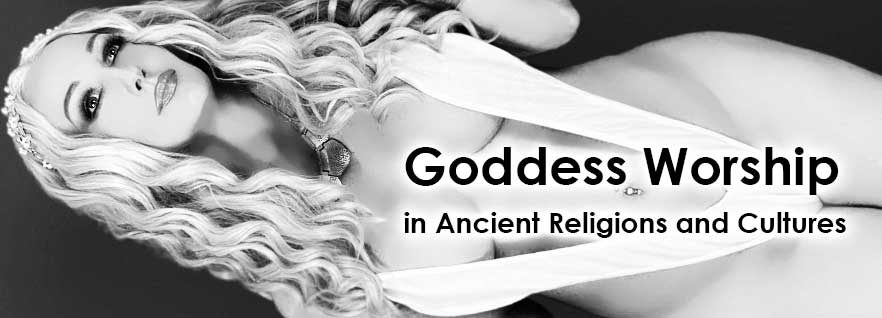Goddess Worship in Ancient Religions and Cultures

In many ancient religions and cultures, the worship of Goddesses played a significant role. These Goddesses were often associated with various aspects of nature, such as fertility, agriculture, and the cycles of the moon. They were also closely linked to motherhood and childbirth, as well as with the cycles of birth, death, and rebirth. Many ancient cultures believed that the Goddess was responsible for the well-being of the community and that her power was essential to the survival of the community.
Goddess Worship in Nature
The Goddess was often depicted as a powerful and wise figure, who was believed to possess knowledge and understanding beyond that of mere mortals. She was often associated with the moon and its cycles, as well as with the natural cycles of life. Many ancient cultures also believed that the Goddess was the embodiment of the sacred feminine, and that by honouring her, they were honouring femininity in all its forms. This concept of Goddess worship reinforced the importance of femininity and the role of women in society.
The Power and Significance of Goddess Worship
In many ancient cultures, Goddess worship was not just a religious practice, but also an integral part of daily life. Offerings and sacrifices were made to the Goddess to ensure the well-being of the community and to ensure a bountiful harvest. Priests and priestesses would often act as intermediaries between the community and the Goddess. Temples and shrines were built in honour of the Goddess, and many ancient cultures held festivals and rituals in her honour.
Divine Protection and Guidance
Goddess worship also played an important role in the lives of individual women. Many ancient cultures believed that the Goddess was a protector of women and that by worshiping her, women could gain her protection and guidance. Many women would seek the Goddess’s help with issues related to fertility, childbirth, and family.
Goddess Worship in Modern Society
In conclusion, the worship of Goddesses was an important aspect of many ancient religions and cultures. The Goddess was seen as a powerful and wise figure, closely linked to nature and the cycles of life. She was also seen as the embodiment of the sacred feminine. Honoured as a symbol of femininity – and the role of women in society. The Goddess was an important part of daily life. Her worship played a significant role in the lives of individuals and the community as a whole.





